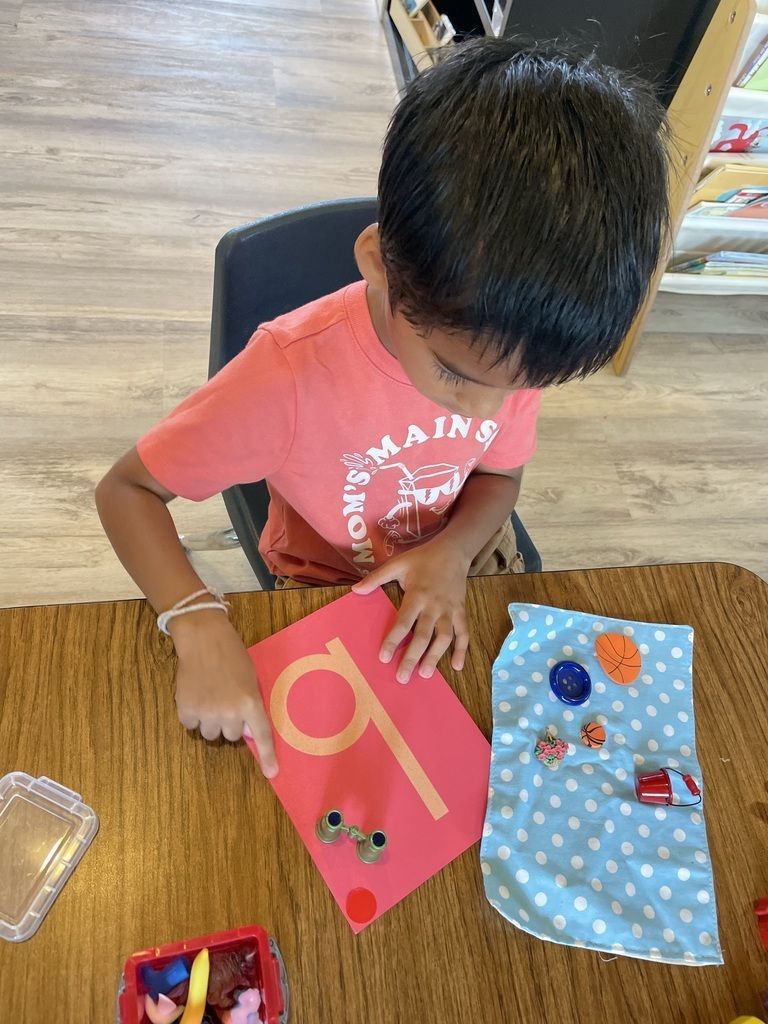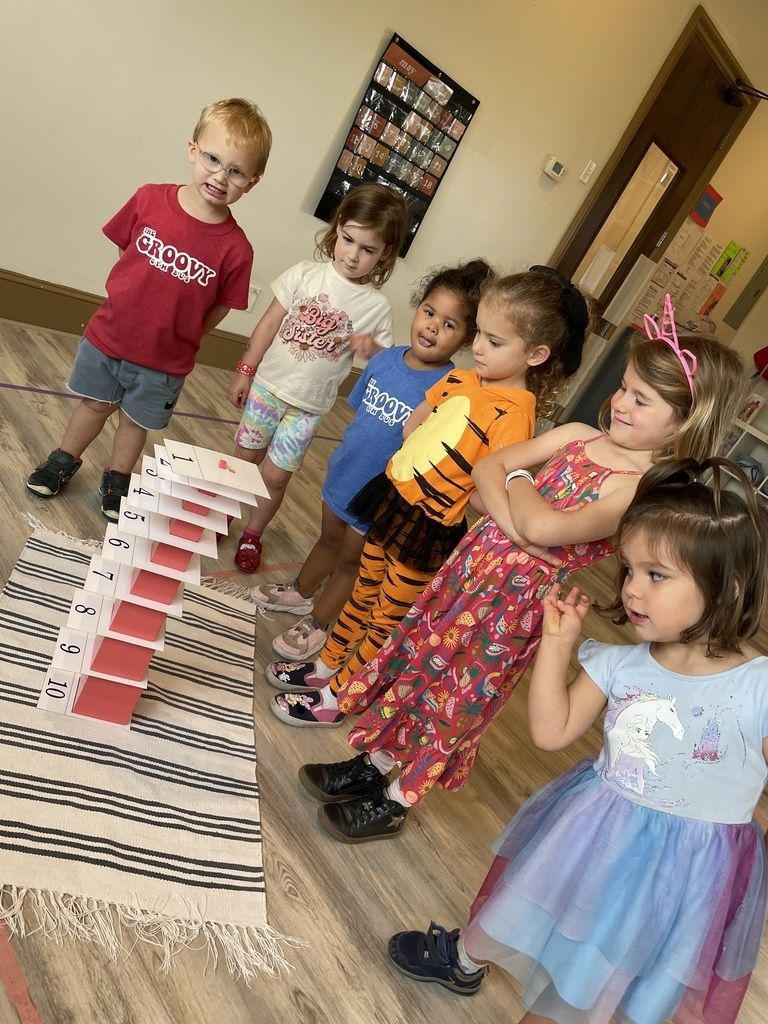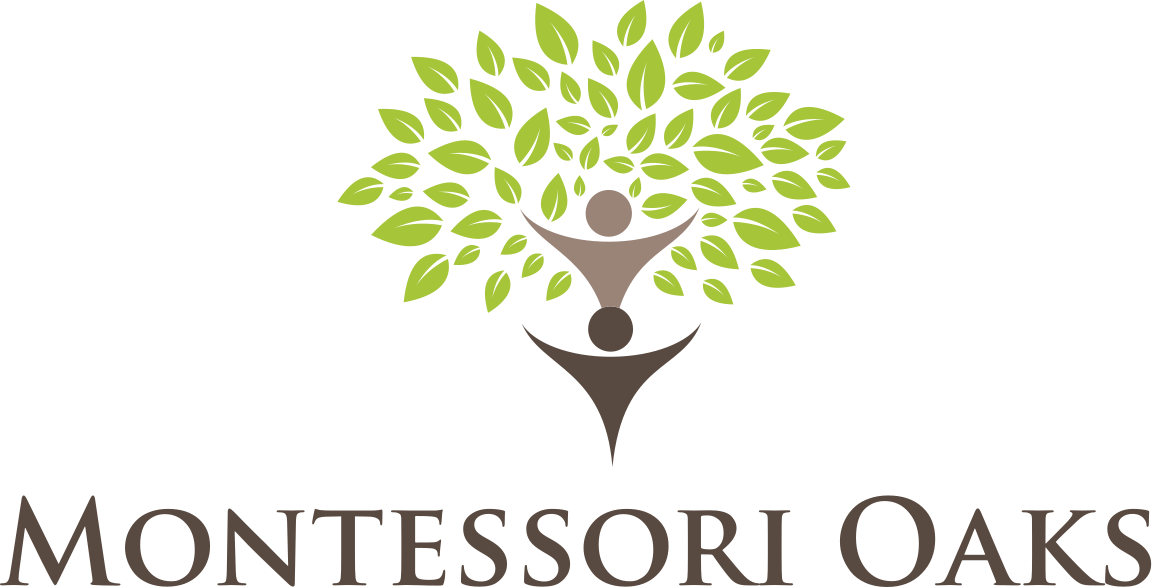Unlocking the Magic of Montessori Math: A Hands-on Journey to Numbers
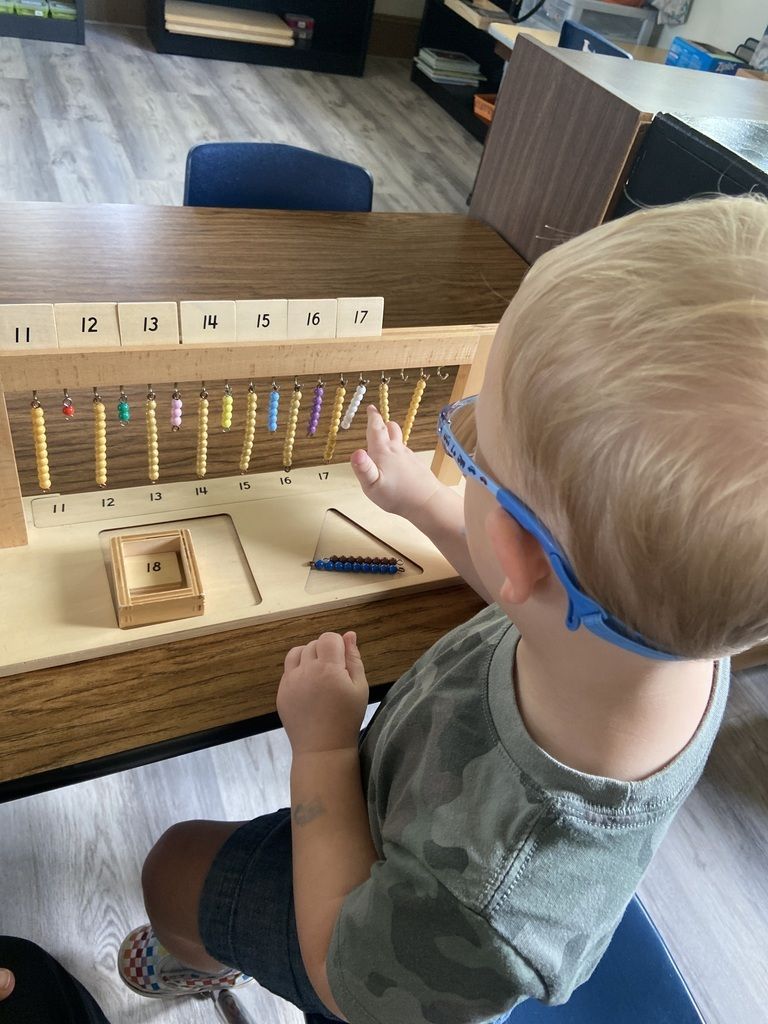
Unlocking the Magic of Montessori Math: A Hands-on Journey to Numbers
Mathematics, the language of the universe, may seem daunting to young learners. Yet, in Montessori, the path to math mastery is a fascinating and visually captivating journey. Through a carefully designed set of materials, Montessori Guides provide children with a solid foundation in mathematics, allowing them to develop strong numerical reasoning skills and a lifelong love for numbers.
Counting with the Golden Beads
Let's start our mathematical voyage with counting, a fundamental skill. In Montessori classrooms, children learn to count with tactile golden beads. These shiny, small spheres are the building blocks of numbers. When children see, touch, and manipulate these beads, they begin to grasp the concept of quantity and place value, essentials for understanding numbers.
Understanding the Stamp Game
Once the young mathematicians are comfortable with counting, they progress to addition and subtraction. Montessori offers a unique tool, the Stamp Game, which transforms abstract mathematical concepts into concrete visual representations. Through these materials, children gain hands-on experience in basic arithmetic operations. This method illustrates the relationships between numbers and how to work with them.
Multiplication with the Bead Board
Multiplication, often a stumbling block for many children, is made intuitive and accessible with the Montessori Bead Board. By grouping beads in sets, young learners visually comprehend the process of multiplication. The Bead Board encourages children to explore the concept of repeated addition and develop a solid foundation for multiplication tables.
Demystifying Fractions and Decimals
Fractions and decimals may appear complex, but Montessori simplifies the learning process. The Fraction Skittles and the Decimal System materials make these abstract ideas tangible. By manipulating and seeing parts of a whole, children effortlessly comprehend fractions. Similarly, decimals become approachable when displayed as a hierarchy, fostering deep understanding.
Learning Geometry with Constructive Triangles
Geometry can be challenging, but the Montessori Constructive Triangles make it an adventure. These wooden shapes introduce young learners to key geometric concepts. Children explore angles, triangles, and polygons through hands-on activities, developing spatial awareness and problem-solving skills.
The Practical Use of Montessori Math Materials
The genius of Montessori math materials lies in their ability to make math engaging and in their practicality. The materials encourage independence, as children can choose and work with the math materials that appeal to them. They progress at their own pace, reinforcing their understanding of mathematical concepts.
Moreover, Montessori's multi-sensory approach caters to various learning styles, whether a child is a visual, auditory, or kinesthetic learner. This individualized experience ensures that no child feels left behind in mathematics.
A Lifelong Love for Numbers
In the Montessori approach, math isn't just about memorization; it's about understanding, exploring, and enjoying the world of numbers. These visual materials ignite a love for math that carries students throughout their academic journey. The foundation built in Montessori education instills the confidence to tackle mathematical challenges with curiosity and enthusiasm.
Mathematics is no longer a mystery but a visual landscape to explore, and children at Montessori schools gain the skills, comprehension, and, most importantly, the passion to embrace it. In Montessori, math is fun, captivating, and transformative - the key to unlocking the universe's mysteries, one number at a time.

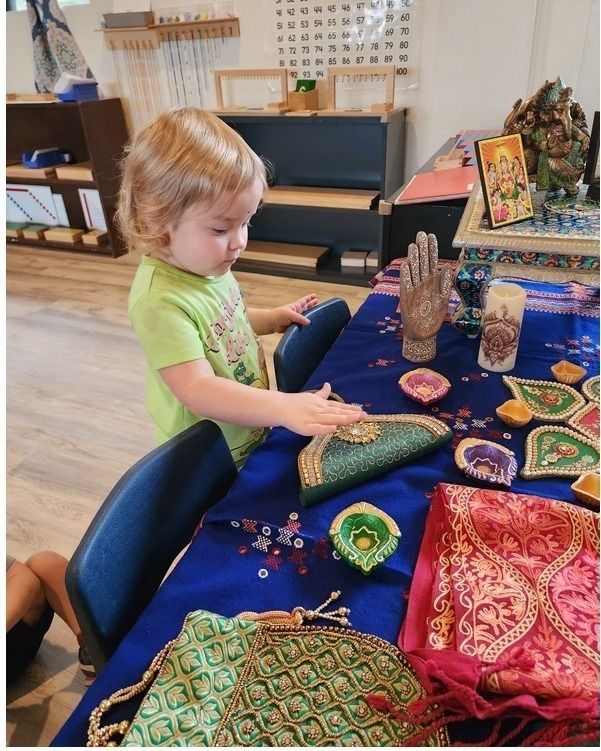
The Importance of Global Citizenship in Montessori Education: Introducing Kids to Different Cultures
